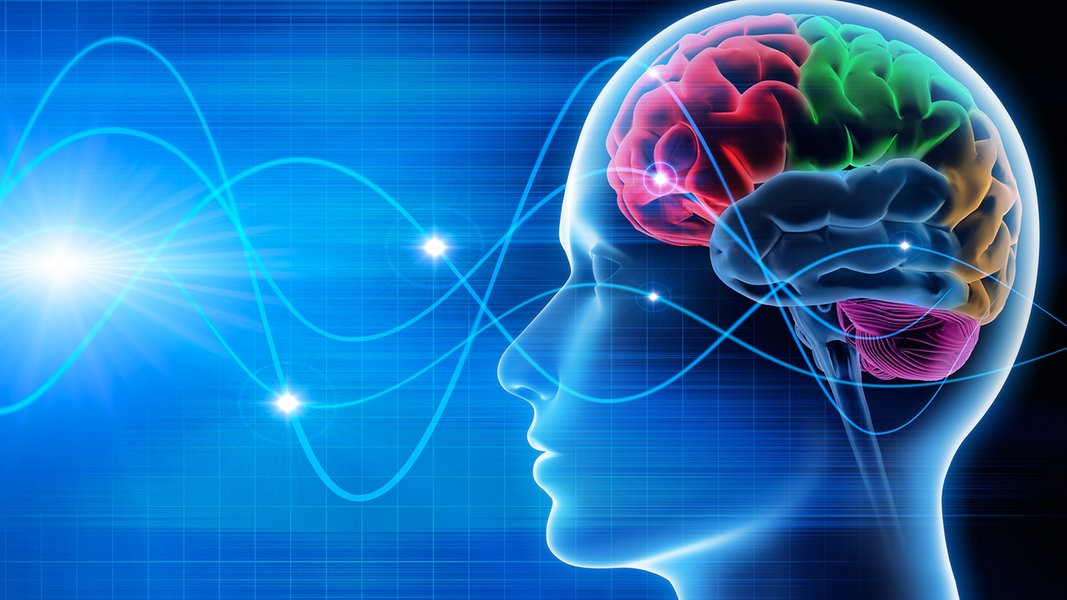As of: January 10, 2024 2:39 p.m
Our brain controls many actions unconsciously. This makes it difficult to break old habits. How do learning processes work? Tips for learning new behaviors.
Drink less alcohol, eat healthier, do more exercise – many people use the turn of the year as an opportunity to get rid of bad habits and implement good resolutions. In fact, it is not that easy to implement a behavioral change permanently. The reason for this lies in the way our brain works.
Many habits are automatic
Habits are formed through a typical learning process: a triggering stimulus is followed by a specific action or movement and a reward. After many repetitions, the process becomes a habit. We sometimes struggle with even simple tasks before they become routine over time: for example, certain procedures when driving a car, tying shoelaces or even screwing on and off a tube of toothpaste. The brain stores successful movements. They move from the conscious into the subconscious, are permanently stored in the so-called action memory and thus run automatically.
The brain needs habits
Brain researchers assume that humans would not be able to survive without habits. The brain would be hopelessly overwhelmed by all our daily actions and decisions. Automatisms help the brain to save energy so that it can plan and organize elsewhere, make decisions more quickly in stressful situations and minimize risks.
That’s why bad habits are so persistent
The problem is that the brain cannot distinguish between good and bad habits. Our behavior in stressful situations is also stored by the brain as a routine: For example, if someone eats sweets when they are stressed, happiness hormones are released. The brain remembers that sugar intake improves your mood.
The more often this connection is established, the stronger the neural connections are and the more the automatism shifts into deeper regions of the brain until it is completely controlled by the subconscious. As soon as you find yourself in certain situations, your subconscious unwinds your habits: your body craves sweets. This makes it so difficult to break bad habits.
That’s how long it takes to establish new routines
Above all, it takes time, calm and awareness to get rid of unpleasant habits. Stress makes implementation even more difficult, because when stressed, cortisol and norepinephrine are released, the frontal lobe retracts and the system switches to routine. The brain needs between 20 and 250 days to establish new habits and routines.
Set small goals and get help
With these tips you can break old habits and implement good resolutions:
The goals must be achievable and feasible. So don’t rush into a marathon straight away, but start running training slowly. What you want to change should fit into everyday life. For example, you shouldn’t start losing weight before a banquet. Don’t want to change too much at once. Make your resolutions public, that’s an obligation. Write down your resolutions. This way you can always remind yourself of it.Don’t give up straight away if it doesn’t work out.For some goals, it’s good to seek help or allies, such as a sports group, a diet coach or a weight loss group.
Further information
Quit smoking: This resolution is always worth it. How can nicotine withdrawal be achieved? more
The stomach, heart and liver benefit from abstaining from alcohol after a relatively short period of time. How much alcohol is safe? more
Intermittent fasting is an effective way to lose weight and maintain it. How do the 16:8, 5:2 and 1:1 methods differ? more
Jogging is uncomplicated and suitable for almost everyone. A few tips on what beginners should pay attention to when jogging. more
This topic in the program:
Visit | July 4, 2023 | 8:15 p.m
